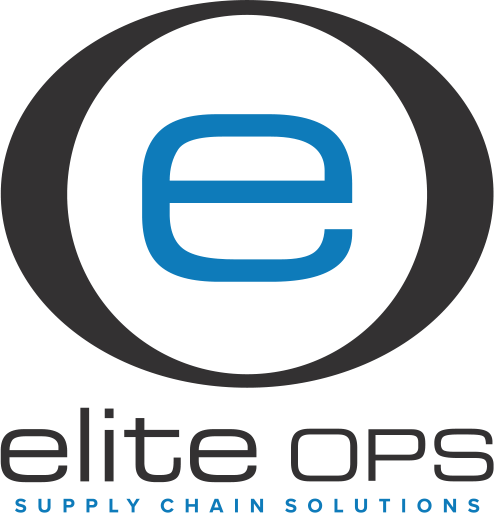Reverse Logistics: More Than Just Returns
Move Your Business Forward With Reverse Logistics
Reverse logistics is a relatively new concept. Most information compiled on the topic was written within the last 25 years or so. It’s an integral part of modern business, as more and more customers these days make product returns. It’s become a non-trivial portion of business expenses, and dealing with it is important if you’re trying to keep your costs low.
The good news is, there are people who can help make the process easier for everyone involved.
What is Reverse Logistics?
Forward logistics is the process of producing a product and delivering it into the hands of the consumer. It starts with raw materials, moves into manufacturing, through packaging and distribution, and eventually ends when a customer purchases the product from a retailer. It’s the core function of a business that produces products.
Reverse logistics, as the name implies, reverses the process, sending the product backwards down the supply chain. It includes the following:
- Product returns due to defect
- Product returns due to incorrect purchase (wrong size, etc.)
- Product returns due to the customer changing their mind
- Products returned due to product recall
- The repackaging and restocking of an intact product for resale
- The repair of a faulty product intended for resale
- The re-manufacture of a product
- The recycling of a product or its parts
- The disposal of a product and/or its parts that are not salvageable
- The return of unsold products
The condition of the product when it’s returned determines how far back up the chain it travels before returning to forward logistics. The purpose is to capture value, to recover as much of the initial revenue as possible, and minimize the costs of processing the product a second time.
Reverse logistics is also an effective way to go green. It reduces manufacturing waste by reusing parts and/or reducing the number of products needed to meet the market need. Often, even when a product is broken or damaged, there is a significant amount of value in the parts still in good condition. Consumers have no effective way of accessing this value, and often simply dispose of it, but with the right infrastructure, a company can recapture value and minimize waste.
A well-managed reverse logistics system will recapture much of the value of the product, ensuring that revenue is still earned on the product if possible, and costs of processing the product are minimized if not. Poorly managing reverse logistics, on the other hand, will create a host of unnecessary costs, occupy valuable time, and reduce the efficiency of the whole process.
How to Improve Reverse Logistics
The key to a smooth reverse logistics operation is recording and analyzing the numbers. You need to be tracking what’s being returned, and why, so that you can identify problems earlier in the supply chain, and resolve them. If you’re tracking the data, you can identify buyer trends, find faulty products or parts, determine how large your repair and remanufacture system needs to be, and so forth. It all starts and ends with the data.
For those who would rather use the expertise of professionals well-versed in the process, there are logistics companies that contract out their services, both for forward and reverse logistics. Companies like Elite Ops, a Utah-based supply chain logistics company, can handle returns, repair/remanufacture, and even relabelling/repackaging/reshipping. Choosing the right logistics providers is as important as running and monitoring an efficient reverse logistics process, and can reap you the same rewards. A quality logistics firm can offer:
- Web-based monitoring
- Reduced process costs and cycle times
- Increased liquidation values
- And maximized transportation effectiveness
If you have more questions, or want to know how Elite Ops can improve your business logistics, forward and backward, get in touch today, and start moving your business forward.





